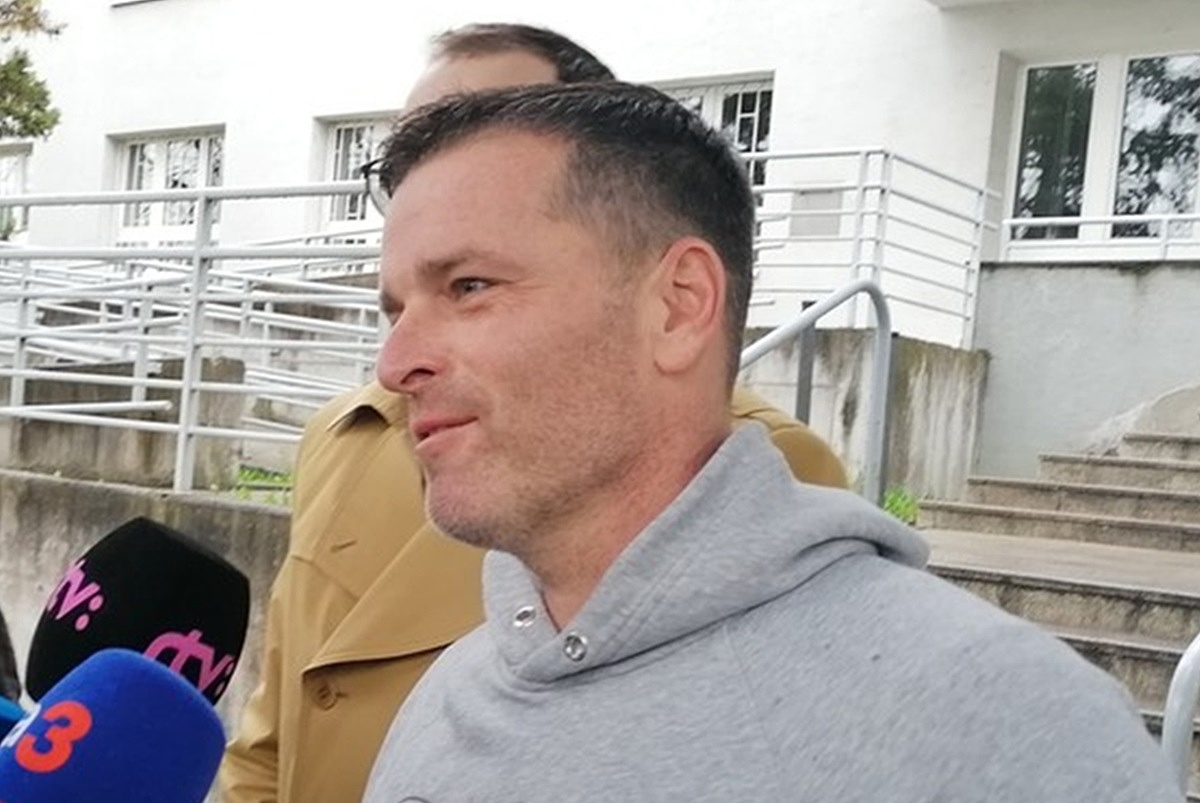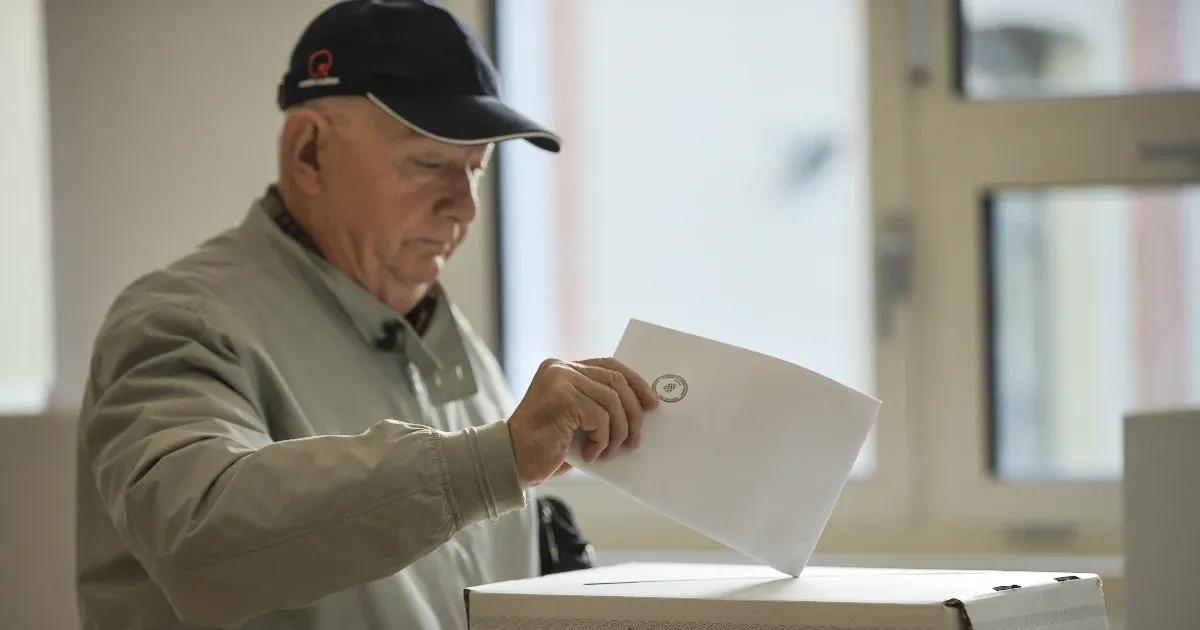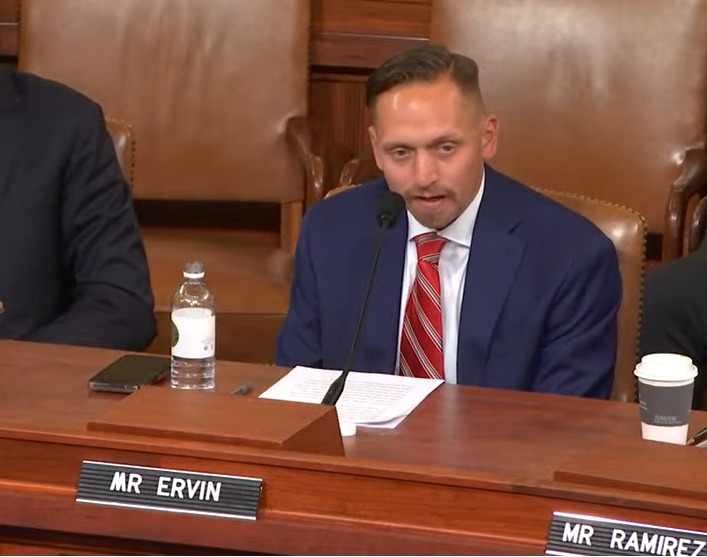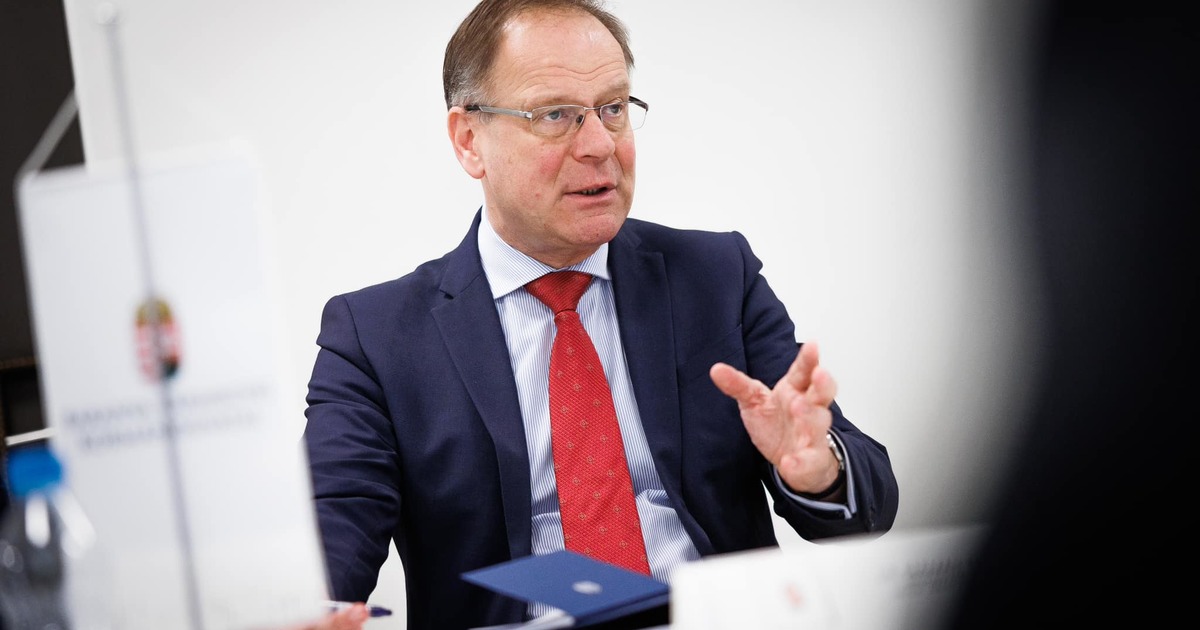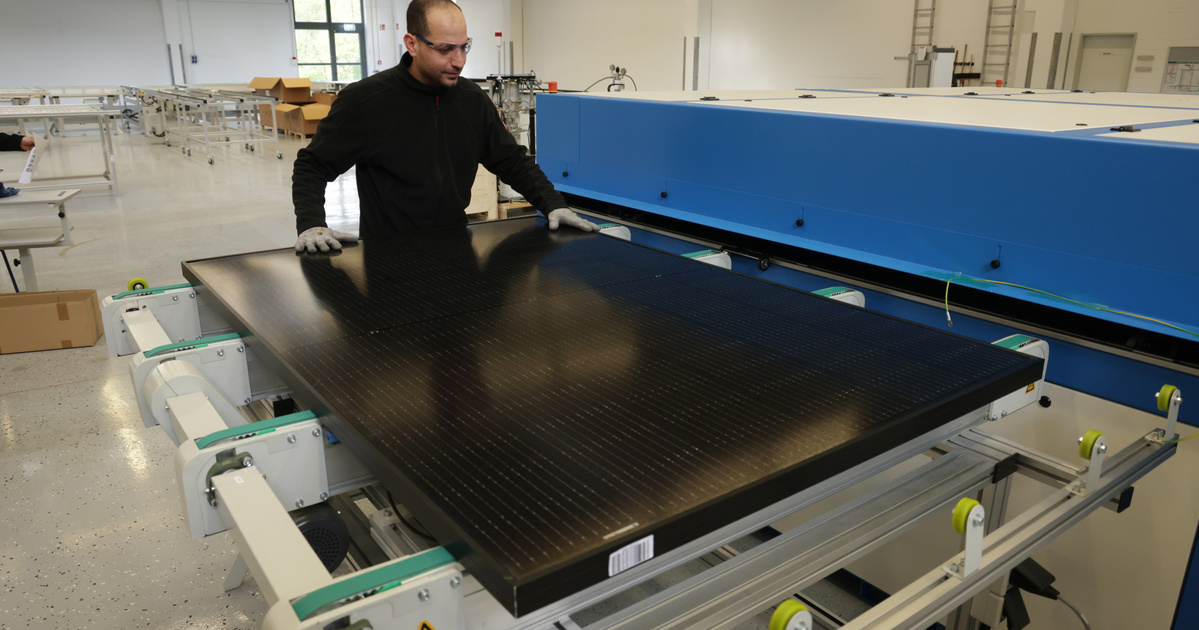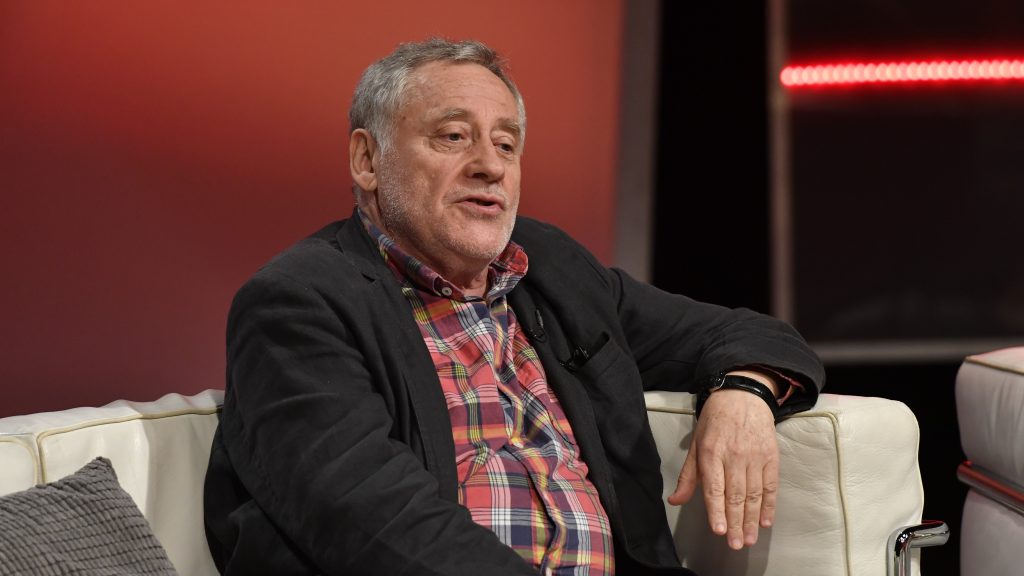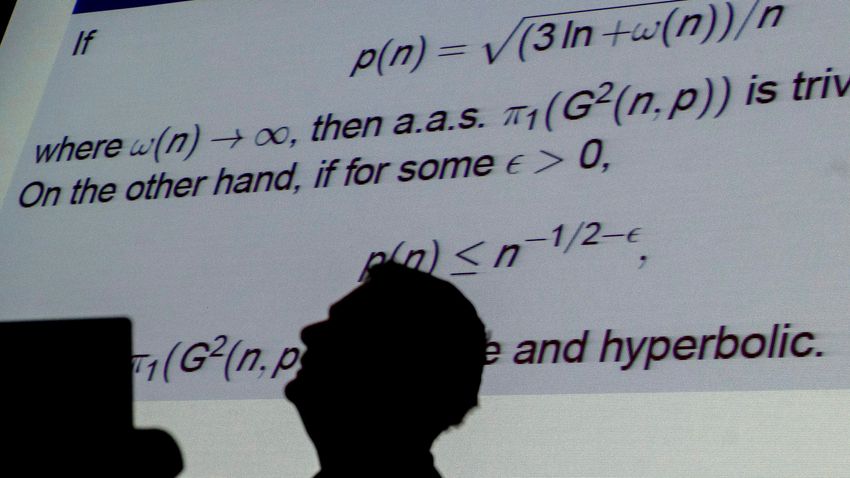If the Martians had contact with Earth during Pál Erdős’ lifetime, Erdős would have had every chance of being appointed ambassador representing our planet. Extraterrestrials would certainly appreciate his earthly intelligence. Pál Erdős spoke the language of the universe, number theory, fluently and intelligently.
It is also no coincidence that Erdos did not lose sight of the imperfections of life. He had no wife, no children, no home, no credit cards, no job, not even a spare pair of shoes, in fact he had nothing in the world except a handbag with a few clothes in it and a notebook. He wasn’t picky about food either, if it wasn’t for the lack of black coffee.
A mathematician is a machine that turns coffee into theorems
He said. Erdős devoted his life to the service of mathematics.
Mathematics is the most frightening science for many. Most people with some education can trace the explanation of the Big Bang or some genetic problem, but their arithmetic interests are limited to navigating their bank statements. On the other hand, mathematicians consider mathematics to be the purest creation of the human soul, and many of them respected Pal Erdos as the best practitioner of this science in our century.
When Erdös arrived in a city where he usually lectured, he called one of his fellow mathematicians and declared:
My mind is here in the city.
One would think he was considered an uninvited guest when he stumbled across a place like that, but there is no doubt about it, the hosts considered his brain a public treasure and felt it was their collective duty to look after it. They housed him, took care of his meals, and even washed his clothes. In Pál Erdős, the cosmopolitan Jew is reincarnated. His country, Hungary, moaned under tyrants for the most part during his lifetime. Many family members of Germans were murdered during Hitler’s time. Erdos himself returned the favor of his friends who took care of his daily needs with brilliant intellectual creations built from numbers, charts and logic.

This sort of thing is neat, but do the thousand or more studies associated with Pál Erdős’ name represent any practical value? He himself did not strive for practical use. He stated that it was sufficient for the evidence to be “extremely beautiful”. No matter how abstract scientific mathematics may be, it still appears in one way or another wherever it can be used. For example, combinatorics, a branch of mathematics discovered by Erdős, can be used to calculate the number of squares needed to cover irregular areas. His work on graph theory is used in the design of communication networks.
Erdös did not hesitate to put his unusual left hemisphere at the service of the many young mathematicians just beginning their careers. The promising mathematician marked the location of the seedlings with epsilon, the Greek letter used to describe small quantities in mathematics, but the epsilon could be called Uncle Paley. Erdos made trouble for them and rewarded them with a few hundred dollars if they worked it out. In this way, he distributed his modest income from lectures and scholarly prizes (among other things, he received the Israel-established Wolf Prize, an honor in mathematics with the same status as the Nobel Prize in other scientific fields). One of his colleagues compared Pál Erds to a bee, which tirelessly traveled around the world and fertilized various fields of mathematics.





